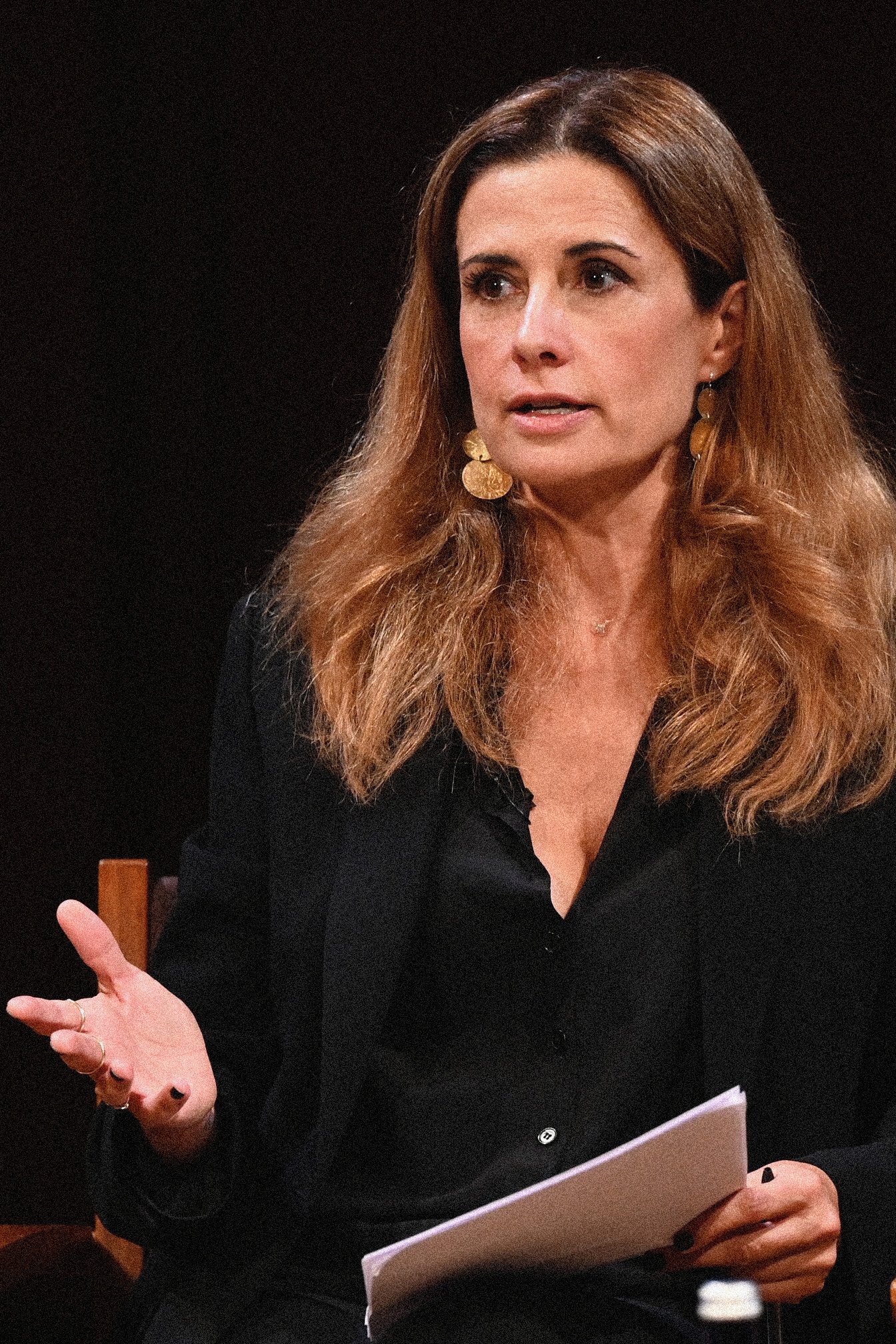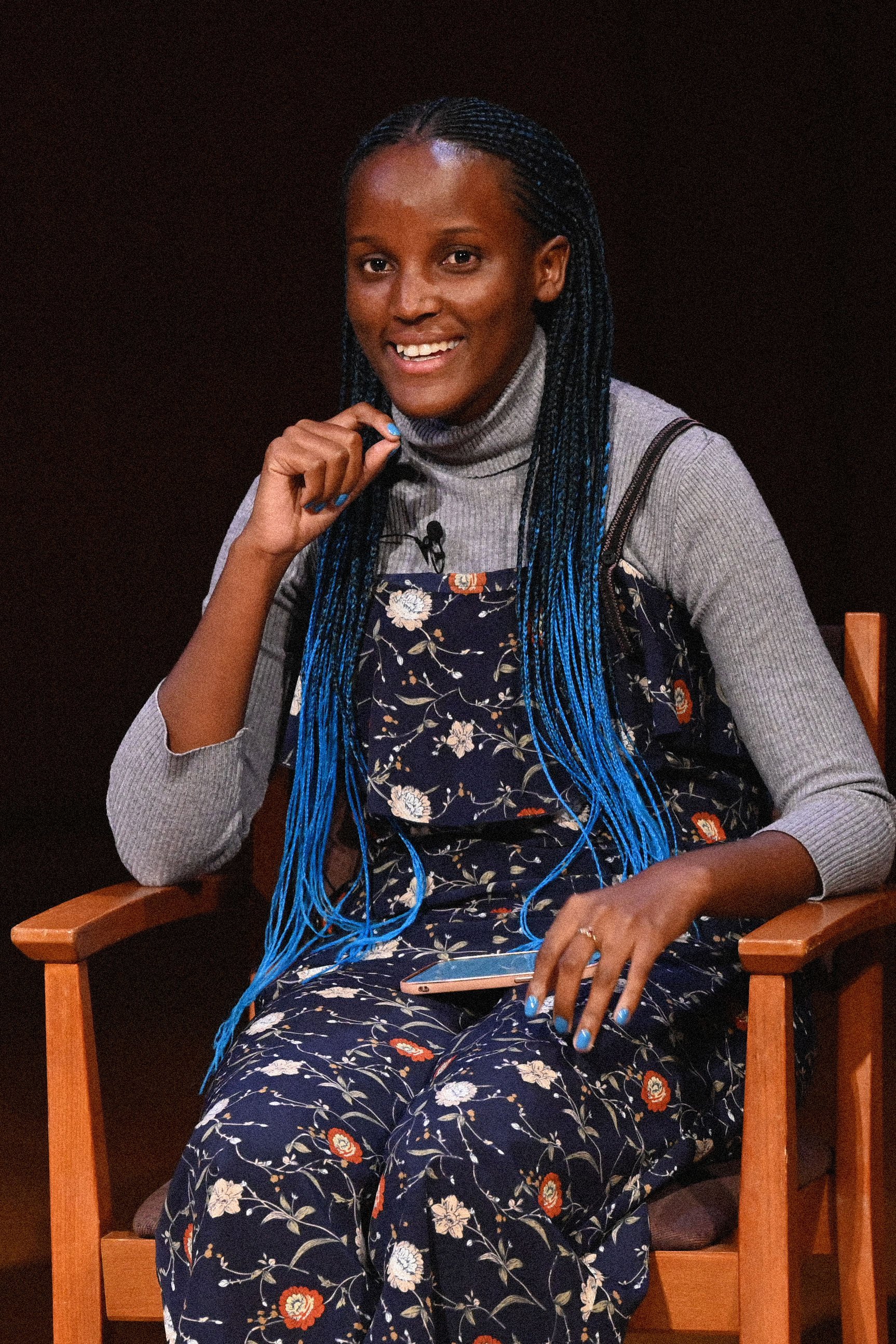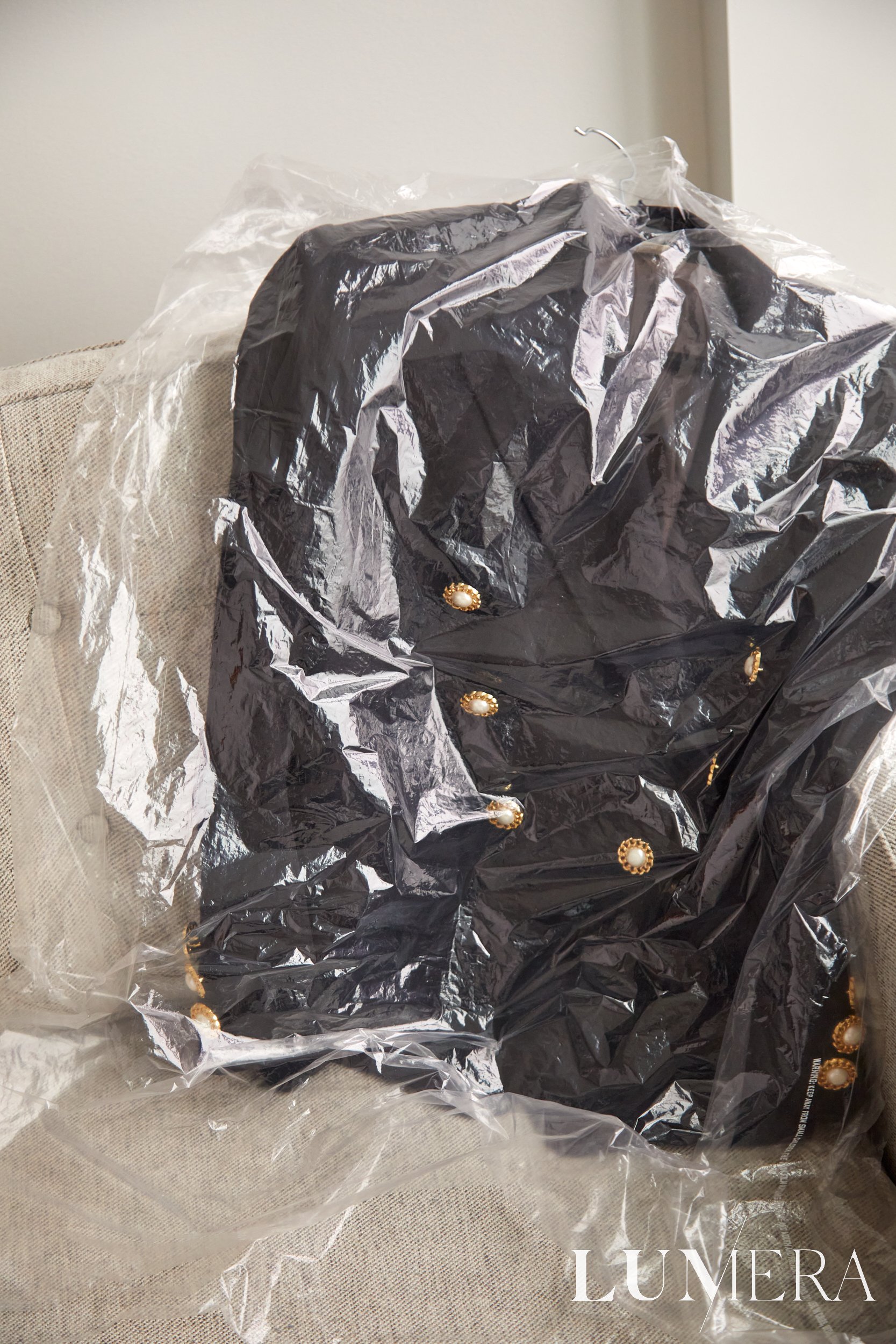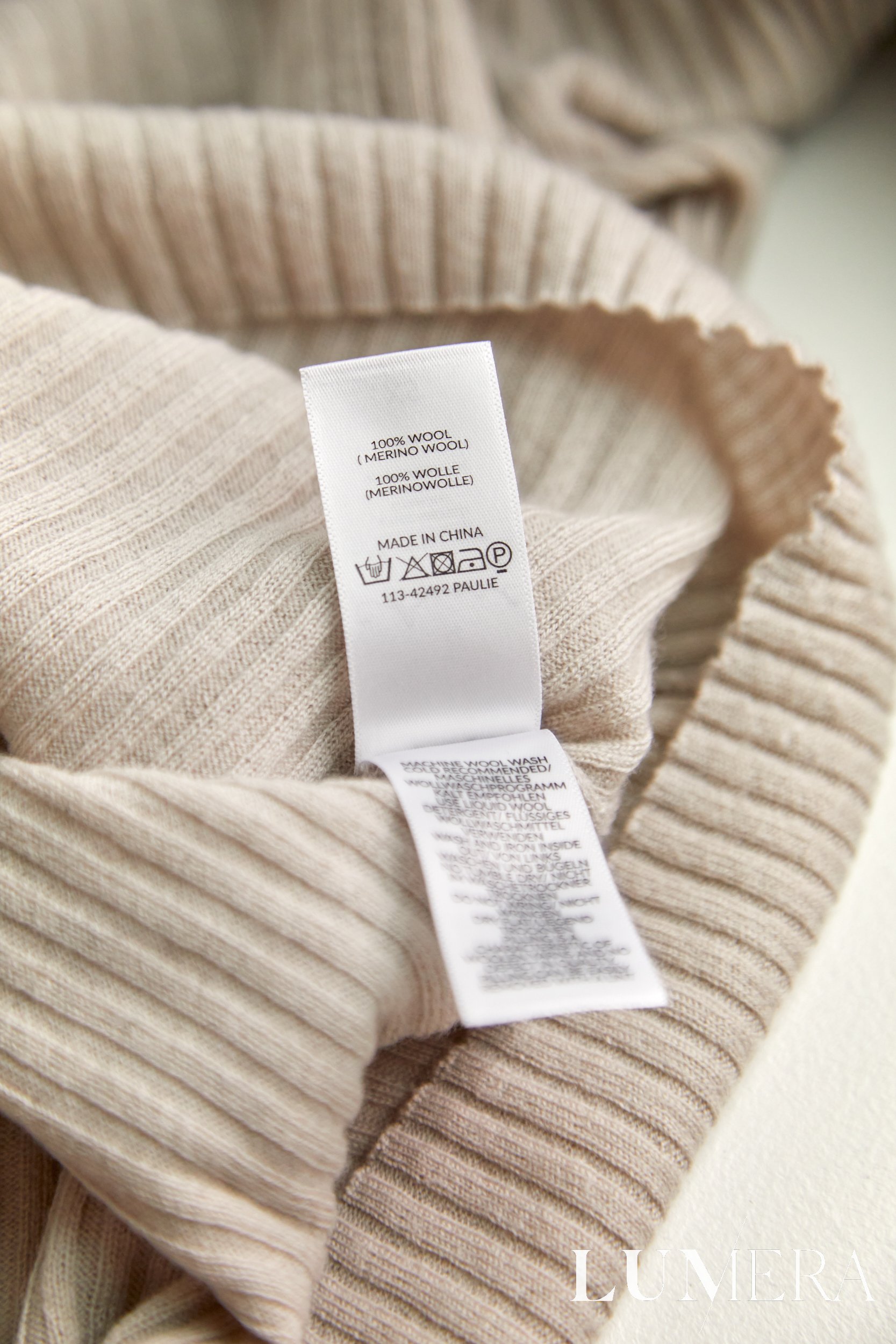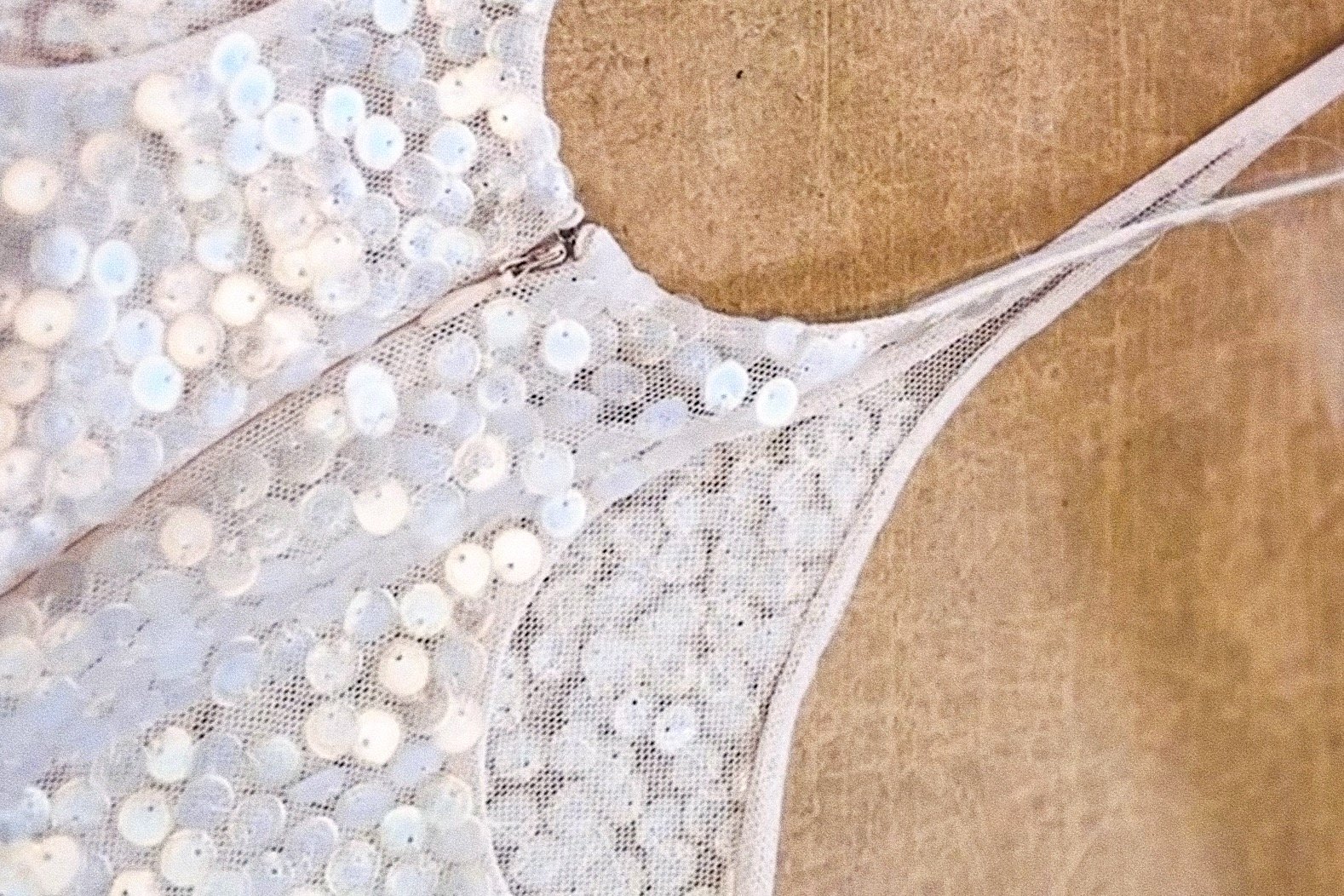Fossils Fuel Fashion — Why We Have to Stop Wearing Oil
NEW YORK FASHION WEEK HAS JUST ENDED. IT COINCIDED WITH NEW YORK CLIMATE WEEK; THE TWO ARE CLOSELY INTERLINKED. OUR CO-FOUNDERS, SARAH AND ANDREW, HAD THE OPPORTUNITY TO ATTEND A PANEL HOSTED BY LIVIA FIRTH (ECO AGE FOUNDER) FOR THE LAUNCH OF THE FOSSIL FUEL FASHION CAMPAIGN. THE PANEL WAS HOSTED BY THE ROCKEFELLER BROTHERS FUND AT NEW YORK CITY'S ICONIC MORGAN LIBRARY.
words by HOLLY KELSEY
photographs by ECO AGE PRESS & ANDREW DAY
What is the campaign and why is it important?
You might not be able to see your cosy jumper dripping with fossil fuel. But without a doubt, it’s there. Inditex (the parent company of Zara, Berschka, Stradivarius, Pull & Bear and co.) alone uses 10 Million gallons of oil every year, Eco-Age’s Policy Director George Harding-Rolls shares. And that’s why the Fossil Fuel Fashion campaign has been launched – to flag up the deep rooted links between fossil fuels and the fashion industry and to call for radical laws to break the alarming relationship between them.
Launched by fashion activists Livia Firth, Vanessa Nakate and Harjeet Singh, along with climate and human rights leaders, the campaign aims to wake people up to the car crash that is the collaboration between fossil fuels and fast fashion. Firth commented: “I welcome a campaign that finally unveils how fossil fuels and corporate greed are once again the driving force behind exploitation of people and planet”.
What is the problem with fossil fuel fashion?
If you open up your wardrobe, 70% of the clothes in there will be made from synthetic materials. What shoppers don’t know is that most of the synthetic clothes we wear are made from oil. Oil-based synthetics include polyester, nylon, acrylic, and more. They are incredibly cheap to produce, as well as generating as many emissions as 180 coal fired power stations a year. Because of how cheap synthetic fibres are to make, the fast fashion companies will make more and more garments which will be thrown away sooner. At the current moment, there are enough clothes for the next 6 generations on the planet.
During the panel Vanessa Nakate stated: “While fashion companies grow rich on a fast fashion business model fed by fossil fuels, they dump their waste and pollution on countries in the Global South least equipped to deal with it”. This includes her home country Uganda, where the secondhand clothes arrive in bales. The 15 million garments that are dumped every week in the Global South are basically at a point of not being recycled and will shed plastic microfibres or be burned in bulk.
The fashion industry’s use of synthetic fibres and plastics has come to be known as the fossil fuel industry’s cash cow. If fast fashion brands can’t make garments from cheap fibres they won’t be able sell them at shockingly low prices, which would lead to the closure of their business. It is clear that fast fashion and synthetic fibres cannot exist without each other.
What you can do
As individuals, we may feel we have a mountain to climb. What’s the point? What can I do, as one lone person, that will make any difference? But we can actually move mountains when we act together. It’s not rocket science. There are a few simple steps we can take:
01 - Really (and I mean really) think about your wardrobe. Does it include timeless key items that are easy to style?
02 - Have you ever bought second hand? If not, why not now! One of the main reasons that clothes end up in secondhand, vintage and charity shops is that they have stood the test of time. They won’t fall to pieces at the first wash. And they have something classic about them. They are above this year’s trend and will still work in years to come. We all have something in our wardrobes that we love and will stay with, that suits our own personal style. It transcends fashion.
03 - Always read the label and check what fabrics it’s made from, Always avoid any synthetic materials and instead choose natural fabrics (e.g. linen, cotton, hemp etc).
These three simple solutions address the big elephant in the room - over-consumption and over production.
What brands, politicians and businesses can do
The campaign proposes three concrete solutions:
01 - A fair phase-out of fossil fuel-based materials (meaning the fashion industry has to stop using polyester and co, which would result in a reduction of over-production).
02 - A commitment to science-based climate targets (this targets the carbon emissions during the production. We learned in the panel talk that fossil fuels and gas are also used in the production of our clothes, think transportation across continents or heat used in dyeing techniques).
03 - Unwavering support for systemic legislative action (this one is asking governments to make laws that companies can follow, which would result in immediate and immense change).
This targets brands, politicians and businesses. They can no longer shift the blame to consumers who often don’t have all of the knowledge to make the change. The campaign is now focussed on driving its aims forward at events such as COP28 in Brussels and the World Economic Forum in Davos.
Who was on the panel
On the Panel Livia Firth was joined by Vanessa Nakate (Ugandan Climate Justice Activist and Nobel Peace Prize nominee), Harjeet Singh (Global Engagement Director to the Fossil Fuel Non-Proliferation Treaty Initiative), George Harding-Rolls (Eco-Age Policy Director), Rachel Kitchin (Stand.earth’s Corporate Climate Campaigner) and Cameren Bullins (Program Associate for Democratic Practice-Global Challenges and Sustainable Development at The Rockefeller Brothers Fund). The campaign’s partners include Stand.earth, Plastic Soup Foundation, and the Geneva Centre for Business & Human Rights - are the bedrock for the birth of this amazing campaign. Thank you for sharing the insights and shining a light on this important topic!


